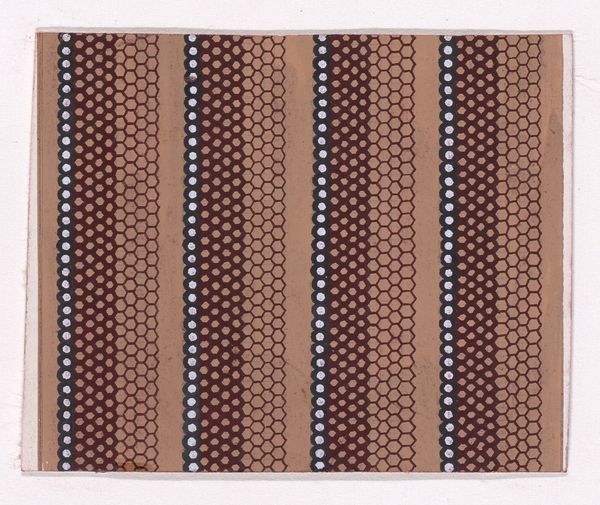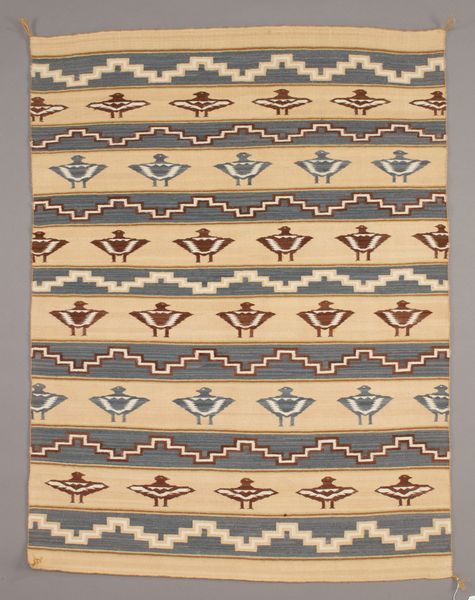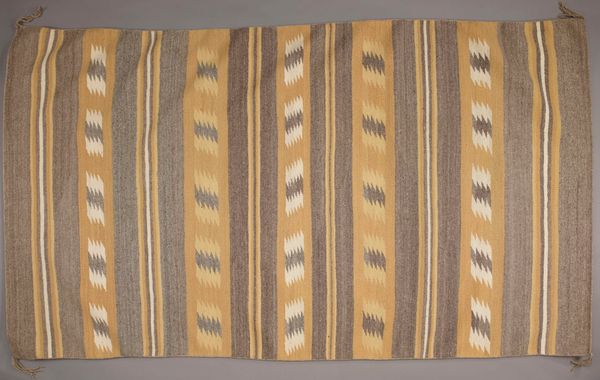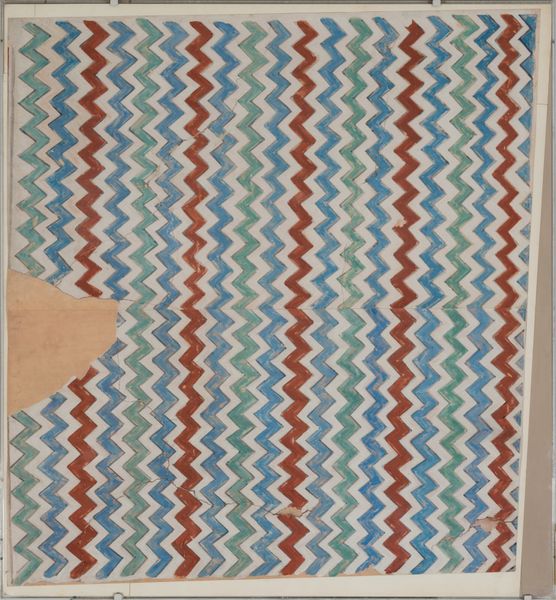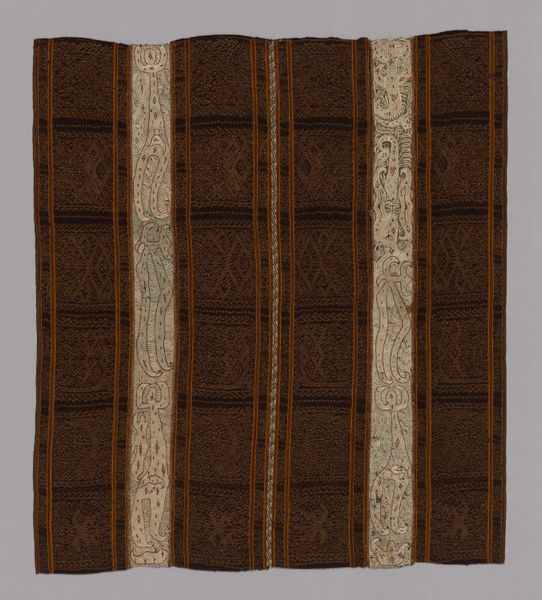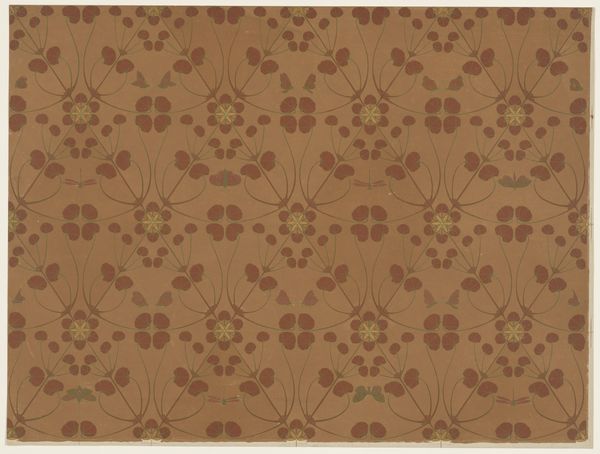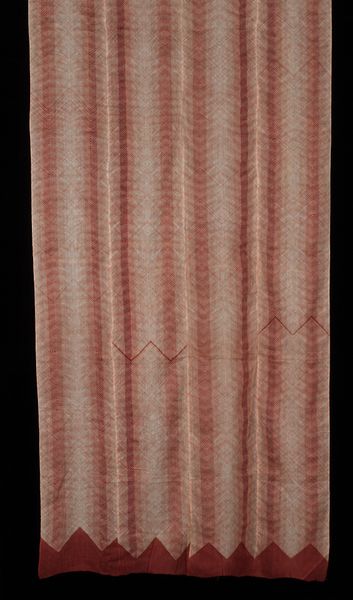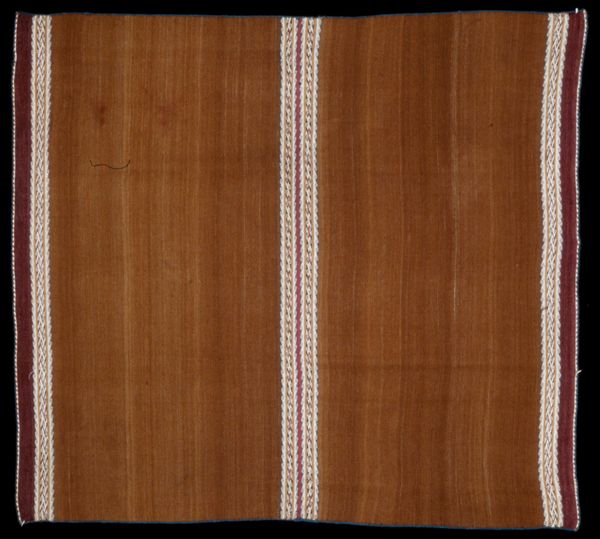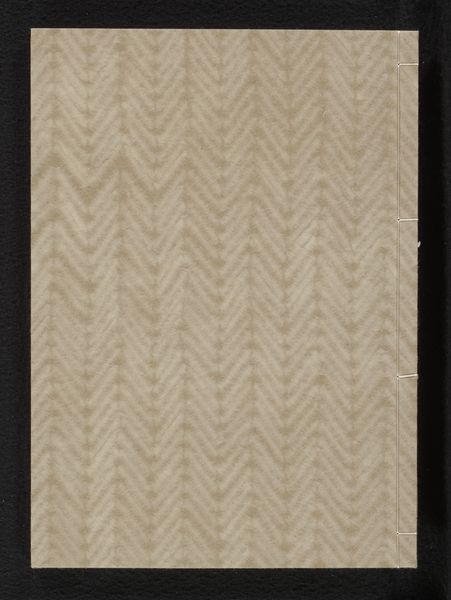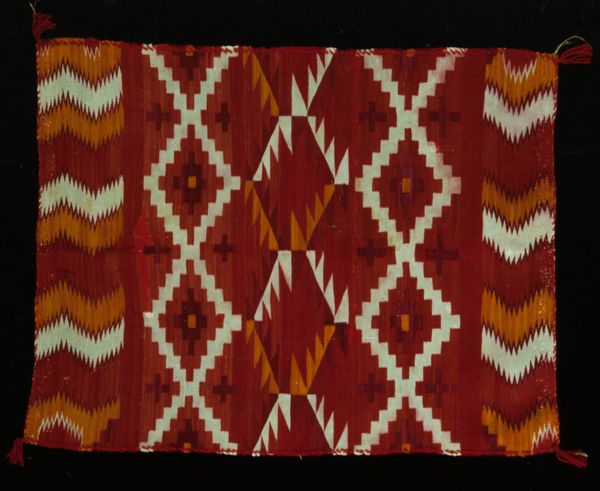
fibre-art, weaving, textile
#
fibre-art
#
weaving
#
textile
#
geometric
Dimensions: 76 3/8 × 53 1/8 in. (193.99 × 134.94 cm)
Copyright: Public Domain
Editor: We are looking at a rug from an unknown date at the Minneapolis Institute of Art. What strikes me are these long vertical stripes. It feels very intentional and yet the design feels...almost subdued. What can you tell me about this work? Curator: Well, given the "pattern and decoration" tag, one must consider how works like this intersected with debates about craft versus art, especially when textiles, traditionally considered "women's work", started entering gallery spaces. Looking at the alternating stripes, it brings up questions of cultural appropriation and the complex history of textile production. What are your thoughts on how institutions historically categorized objects like this? Editor: That's interesting. I suppose I hadn’t considered that the presentation in the museum space itself could shape my perception. How would displaying it differently change how viewers interact with the rug? Curator: Exactly. Imagine this displayed on a wall instead of a floor, and suddenly, the whole dialogue shifts from something functional to something more explicitly artistic. Museums often reflect societal biases and power structures through display. Thinking about who made this, how they learned their craft, and where the materials came from opens up a whole realm of questions about global trade and colonial influences. Editor: So it is not just about what is there but where it is. The story around the rug affects its role in our understanding of it. Thanks for enlightening me. I'll certainly look at textiles in museums a bit differently now. Curator: Likewise! Considering these contexts brings these silent objects to life and encourages a more critical viewing experience.
Comments
No comments
Be the first to comment and join the conversation on the ultimate creative platform.
